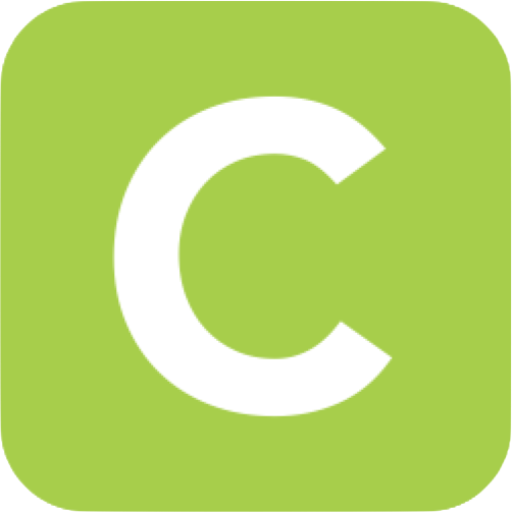15 Jun You’ve Submitted your Application. Now What?
As job hunting season starts in earnest for many college graduates, I receive dozens of emails a day with questions about resumes and interviewing skills. But when I ask recent graduates about how they leverage their network to convert applications into interviews, they indicate that they ask people to ‘push’ their resume to the Human Resources Department. This is, of course, far from effective in most cases.
After all, who would put their reputation behind a stranger? Probably not people who you want on your side.
Instead, here are simple steps you can use to leverage your network and convert more applications into interviews.
STEP 1: Follow directions when applying online. Online applications might be tedious, but hiring managers use them to assess your attention to detail and your ability to follow detailed directions. In most industries, this is neither the time nor the place to showcase your creative side.
STEP 2: Get to know the organization beyond its human resources department. Within 10 days of your application, we recommend that you:
-
- Craft questions about their cultures based on your own unique skills, sector, and impact preferences;
-
- Learn as much as you can online about the organization (what is their best selling product, what is the 10K or annual report telling you about their future strategies, if they are a nonprofit, where did they get most of their donations or grants from, what are the main events or initiatives they have underway);
-
- Create research-based questions. With all the information available online, if you ask generic questions such as “What would you say the culture at [organization] is?”, you will come across as unprepared. Instead, integrate your research in each of your questions. For instance, if you like how they drive innovation in every vertical of the organization, you could say something like “I really like how your organizations encourages innovation in all verticals, can you tell me about one or two innovative projects you have been contributing to in your current position?” The more you learn online about the organization (and about their employees via Linkedin and twitter), the easier it will be for you to craft engaging and research-based questions that will differentiate you from other candidates;
-
- Conduct informational interviews with people who work at the organization (ideally in your department of interest). Ask them your questions, and learn about their experiences at the organization. If they ask if you are interested in a job, you can say yes, but focus the conversation about their experiences at the organization, taking notes about how these conversations further strengthen your interest in the organization.
STEP 3 – Keep track of what you learn. Knowing what you have learned from which contact and how this information helps you decide whether an employer is a good match for your triple fit is critical to your ability to write good follow up and effectively address culture-oriented behavioral questions. We recommend using our Employer Tracker Tool or any best practice that works for you. The goal is for you to have a written record of what you have learned about an organization, through whom, and why is this information a plus or a tradeoff between your preferences and their culture.
STEP 4 – Integrate your informational interviews into a follow up note. About 10 days to 2 weeks after you apply, send a follow up email or call the hiring manager to ensure that s/he received your application, and to reiterate your interest. Then include 2-3 additional points from your conversations with people from within (provide their name and their title as well) that make you even more interested in the opportunity.
Beyond this follow up, give them a call every 10 days to two weeks if you don’t hear from them. Always remain pleasant in your conversation, reiterating your interest, asking if the person has any insights regarding the hiring time line for the position, or needs any additional information regarding your application.
As compared to the vast majority of other candidates who might not have followed up or taken the time to learn more about the organization, this step might become your differentiating factor. Most importantly though, this step will also enable you to find out whether this organization is the right environment and culture for you.


